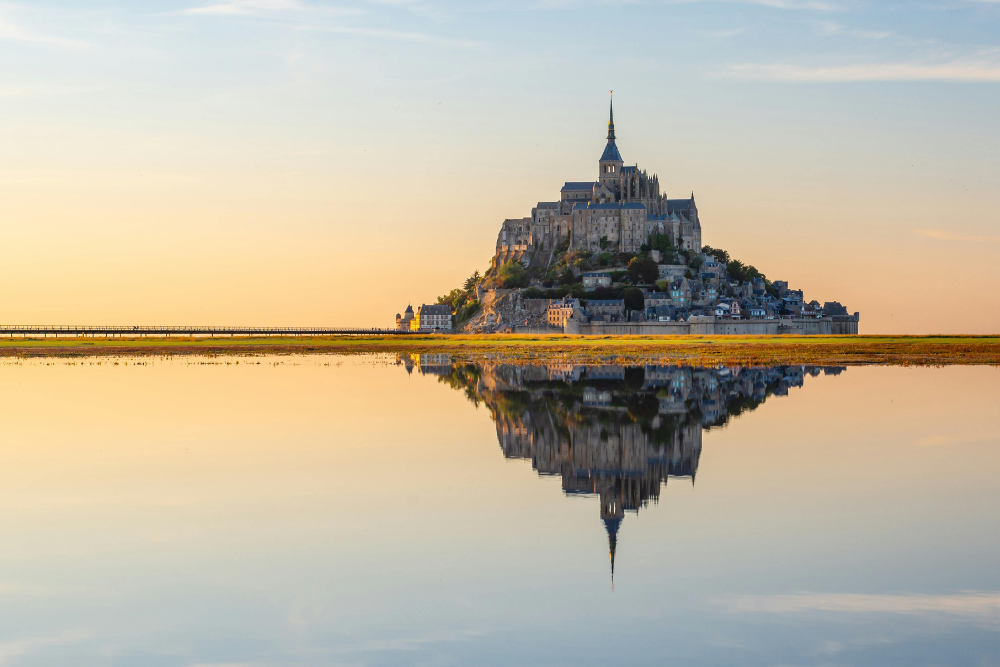Normandy, located in the northwestern part of France, is a region steeped in history, offering an abundance of historical landmarks that span centuries. From medieval abbeys to sites that marked pivotal moments in both French and world history, Normandy is a perfect destination for history enthusiasts. Whether you’re interested in ancient architecture, WWII history, or the region’s Viking heritage, Normandy offers a fascinating blend of stories waiting to be discovered. Here’s a guide to some of the must-see historical sites in Normandy that will take you on a journey through France’s past.
1. Mont Saint-Michel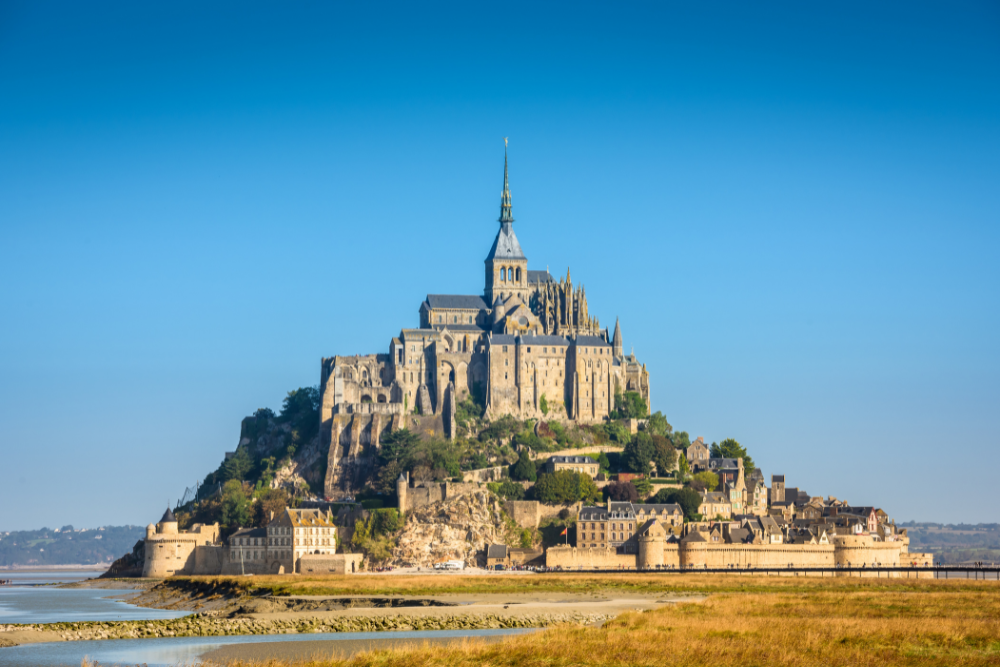
No trip to Normandy would be complete without a visit to Mont Saint-Michel, one of France’s most iconic landmarks. This medieval abbey, perched on a rocky island in the midst of tidal waters, has a history dating back to the 8th century. It’s both a UNESCO World Heritage site and a symbol of French heritage.
- What to Do: Explore the abbey, which has been a place of pilgrimage for centuries, and enjoy panoramic views from the top of the island. Wander through the narrow streets of the village below, where you’ll find charming shops and restaurants.
- Historical Significance: Mont Saint-Michel has been a site of religious significance since the Middle Ages. During the Hundred Years’ War, it was also a symbol of French resistance against the English.
2. D-Day Landing Beaches (Utah, Omaha, Gold, Juno, Sword)
Normandy is perhaps most famous for its role in World War II, specifically the D-Day landings of June 6, 1944, when Allied forces stormed the beaches in an attempt to liberate France from Nazi occupation. The five beaches where the landings took place—Utah, Omaha, Gold, Juno, and Sword—are some of the most historically significant sites in Normandy.
- What to Do: Visit the D-Day beaches, where you can pay your respects and learn about the bravery of the soldiers who fought there. Many museums, memorials, and cemeteries, such as the Normandy American Cemetery at Omaha Beach, are located nearby.
- Historical Significance: The D-Day landings marked a turning point in World War II and were pivotal in the Allied victory. The beaches are a testament to the sacrifices made by soldiers from all over the world.
3. Juno Beach Centre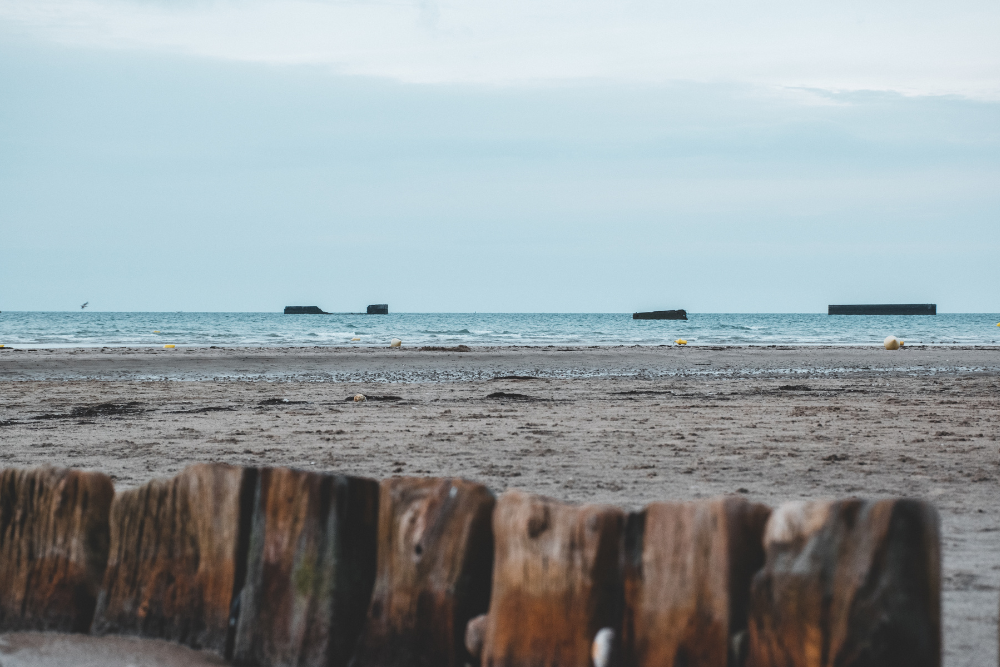
Located in Courseulles-sur-Mer, the Juno Beach Centre is dedicated to the Canadian soldiers who fought during the D-Day landings at Juno Beach. The center is an educational and commemorative space that tells the story of Canada’s involvement in the Normandy landings.
- What to Do: Explore the exhibits, which cover the history of Canada’s military actions during World War II and the role Canadian soldiers played in the liberation of France. The center also offers interactive displays and personal stories.
- Historical Significance: Juno Beach was one of the five beaches where the Allies landed on D-Day. It was the site of the Canadian Army’s assault, and the Juno Beach Centre is a tribute to their efforts.
4. Caen Memorial Museum
The Caen Memorial Museum is one of the most important museums in France for those interested in World War II history. Located in the city of Caen, it covers not only the D-Day landings but also the broader context of the war, its causes, and its aftermath.
- What to Do: Explore the museum’s exhibits, which include films, artifacts, and photographs that document the history of World War II. The museum is particularly informative about the Battle of Normandy and the experiences of civilians during the war.
- Historical Significance: The museum provides a deep understanding of the war and the role that Normandy played in it, particularly during the D-Day invasion and the subsequent Battle of Normandy.
5. Château de Caen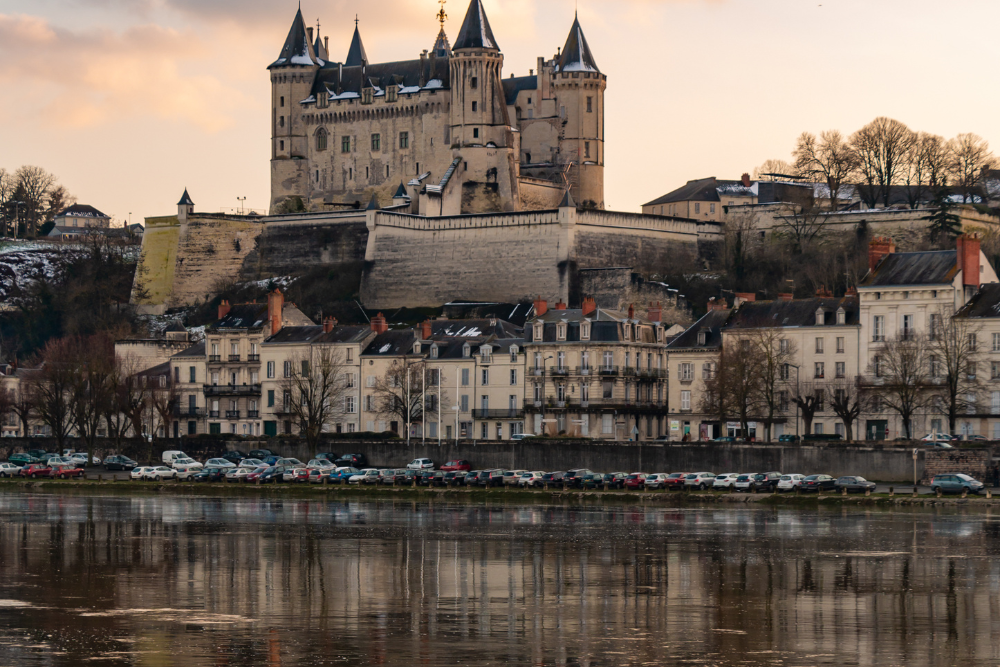
The Château de Caen, a massive fortress built by William the Conqueror in the 11th century, is a must-visit historical site. This Norman castle is one of the largest in Europe and played a significant role during both the medieval period and World War II.
- What to Do: Tour the castle and its surrounding grounds, which include beautiful gardens and a panoramic view of the city. Inside, you can visit the Musée des Beaux-Arts and the Musée de Normandie, which offer insight into the region’s history.
- Historical Significance: The castle was originally constructed as a defensive stronghold and as a symbol of Norman power. It also served as a royal residence and played an important role during the Hundred Years’ War.
6. Abbaye aux Hommes (Caen)
Also located in Caen, the Abbaye aux Hommes is another historical gem. This Romanesque abbey was founded by William the Conqueror in the 11th century and is the site of his tomb. The abbey is a masterpiece of Norman architecture.
- What to Do: Visit the abbey’s impressive church, where William the Conqueror is buried. Take time to admire the beautiful architecture, which includes intricate carvings and a peaceful cloister.
- Historical Significance: The abbey was founded by William the Conqueror as an act of piety after his victory at the Battle of Hastings. It holds both historical and architectural significance as a prime example of Norman design.
7. Château de Falaise
Falaise Castle is the birthplace of William the Conqueror, and it is a key site in understanding the history of Normandy’s Viking roots. The castle is a magnificent medieval fortress that tells the story of one of the most significant figures in European history.
- What to Do: Explore the castle’s impressive ruins, which include the tower where William was born. Learn about the early life of William the Conqueror and his rise to power, which led to the Norman conquest of England in 1066.
- Historical Significance: Falaise Castle is crucial in understanding the history of Normandy and its Viking heritage, as well as the birth of one of the most famous kings in English history.
8. Rouen Cathedral
The Rouen Cathedral, officially known as Cathédrale Notre-Dame de Rouen, is a striking example of Gothic architecture and one of the most iconic landmarks in Normandy. It is not only a place of worship but also a significant historical site.
- What to Do: Visit the cathedral and admire its impressive façade, which was famously captured in a series of paintings by Claude Monet. Take the time to appreciate the beautiful stained glass windows and the tomb of Richard the Lionheart.
- Historical Significance: The cathedral is where Joan of Arc was tried and condemned to death in the 15th century. The city of Rouen also played an important role in the Hundred Years’ War.
9. Viking Sites in Normandy
Normandy’s Viking heritage is an integral part of its identity, and the region has several sites that trace its Viking history. The Vikings first settled in Normandy in the 9th century, and their influence can still be felt in the region today.
- What to Do: Visit the town of Saint-Lô, which was founded by the Vikings, and explore other historical sites like the Musée de la Tapisserie de Bayeux, which features a tapestry depicting the Norman conquest of England.
- Historical Significance: Normandy is named after the Norsemen (Vikings) who settled there. Their legacy shaped the region’s history, and many of the towns and castles in Normandy have Viking roots.
10. Bayeux Tapestry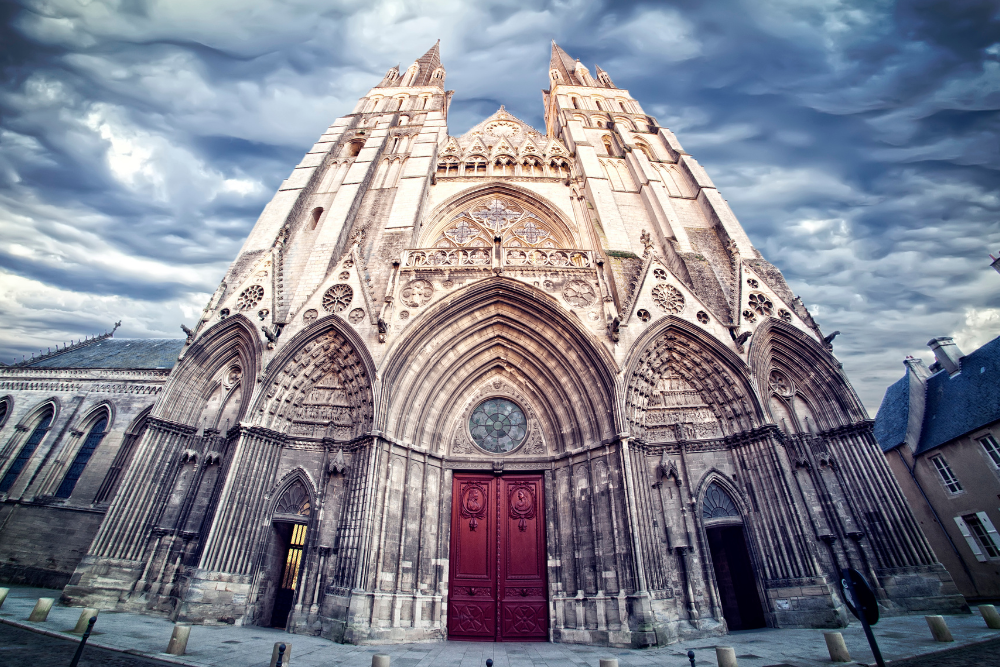
The Bayeux Tapestry is a priceless work of art that tells the story of the Norman conquest of England in 1066. This embroidered cloth is nearly 70 meters long and provides a detailed account of the events leading up to the Battle of Hastings.
- What to Do: Visit the Musée de la Tapisserie de Bayeux in the town of Bayeux, where the tapestry is on display. Walk through the museum and view this intricate piece of history, which includes detailed scenes of battles, ships, and royal figures.
- Historical Significance: The Bayeux Tapestry is one of the most important historical artifacts in Europe. It offers a fascinating insight into the events that shaped both English and French history.
Conclusion
Normandy is a region that is rich in historical significance, offering a wide range of sites that reflect its varied past—from medieval abbeys and castles to pivotal WWII landmarks. Whether you’re walking through the beaches of the D-Day landings, visiting the abbey where William the Conqueror is buried, or exploring the Viking history of the region, Normandy will transport you through time. Each historical site in Normandy offers a unique perspective on the events that shaped both France and the world, making it a must-visit destination for history lovers.



